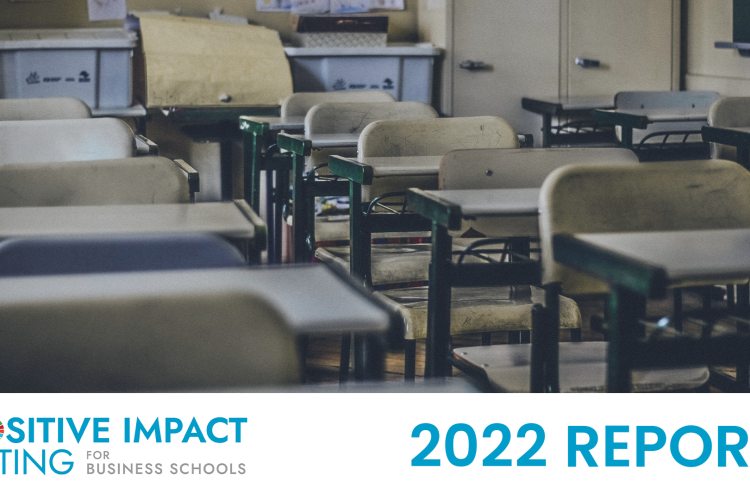Abstract
In 2016, one of the largest renewable energy companies in the world, US-based SunEdison Inc., filed for bankruptcy when it couldn’t service the debt it had raised to achieve aggressive growth. SunEdison had had an illustrious past; it had grown to become the largest solar installation company in the US and a global renewable energy giant. By 2016, solar power had attained grid parity in some parts of the world and solar was reaching its peak growth in the developed world. Governments from the developed world, which were boosting solar power through tax rebates and subsidies were rolling back their incentivization schemes and resorting to stricter guidelines for green project funding.. On the other hand, there was tremendous growth potential in the emerging markets where millions still lived in the dark.
By 2016, one of the most contrasting features of the solar industry was that there was little innovation and differentiation and the market was still defining its business model. The industry had gone into consolidation mode and SunEdison preferred to grow inorganically. To tap the opportunity in emerging markets and win projects, SunEdison started offering rock bottom rates.
When SunEdison’s balance sheet got heavier and the company couldn’t raise further debts, it decided to form subsidiaries called Yieldcos. Yieldcos were essentially energy asset holding public listed companies which assured stable dividends (from sale of electricity which the solar assets generated). Yieldcos issued shares to raise capital using which a completed solar asset was bought from its parent (SunEdison). SunEdison used the capital for further growth.
In an industry where technological innovation was rare, financial innovation became the norm. The case describes SunEdison’s fall from grace. It throws light on the economics of the solar business and the need for robust sustainable finance for renewable projects.
[table id=151 /]



